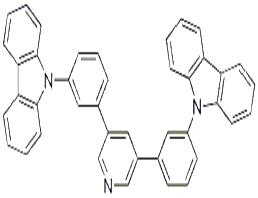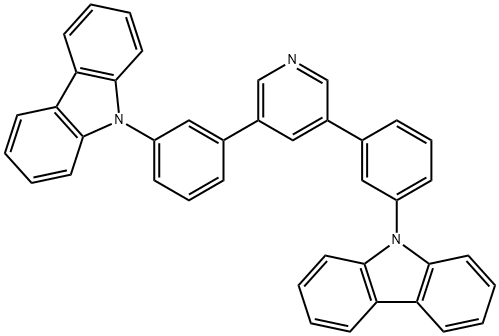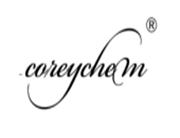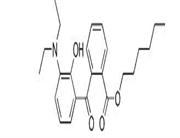3,5-bis(3-(9H-carbazol-9-yl)phenyl)pyridine
$ 300.00
/1KG
- Min. Order10G
- Purity99%
- Cas No1013405-25-8
- Supply Abilitycustomise
- Update time2019-07-06

career henan chemical co
VIP8Y
 China
China
Enterprise Verified
Business Bank account
Basic Contact Infomation
Business Address
Trade Company



Chemical Properties
| Product Name | 3,5-bis(3-(9H-carbazol-9-yl)phenyl)pyridine |
| CAS No | 1013405-25-8 |
| EC-No | |
| Min. Order | 10G |
| Purity | 99% |
| Supply Ability | customise |
| Release date | 2019/07/06 |


 Product Information:
Product Information:


